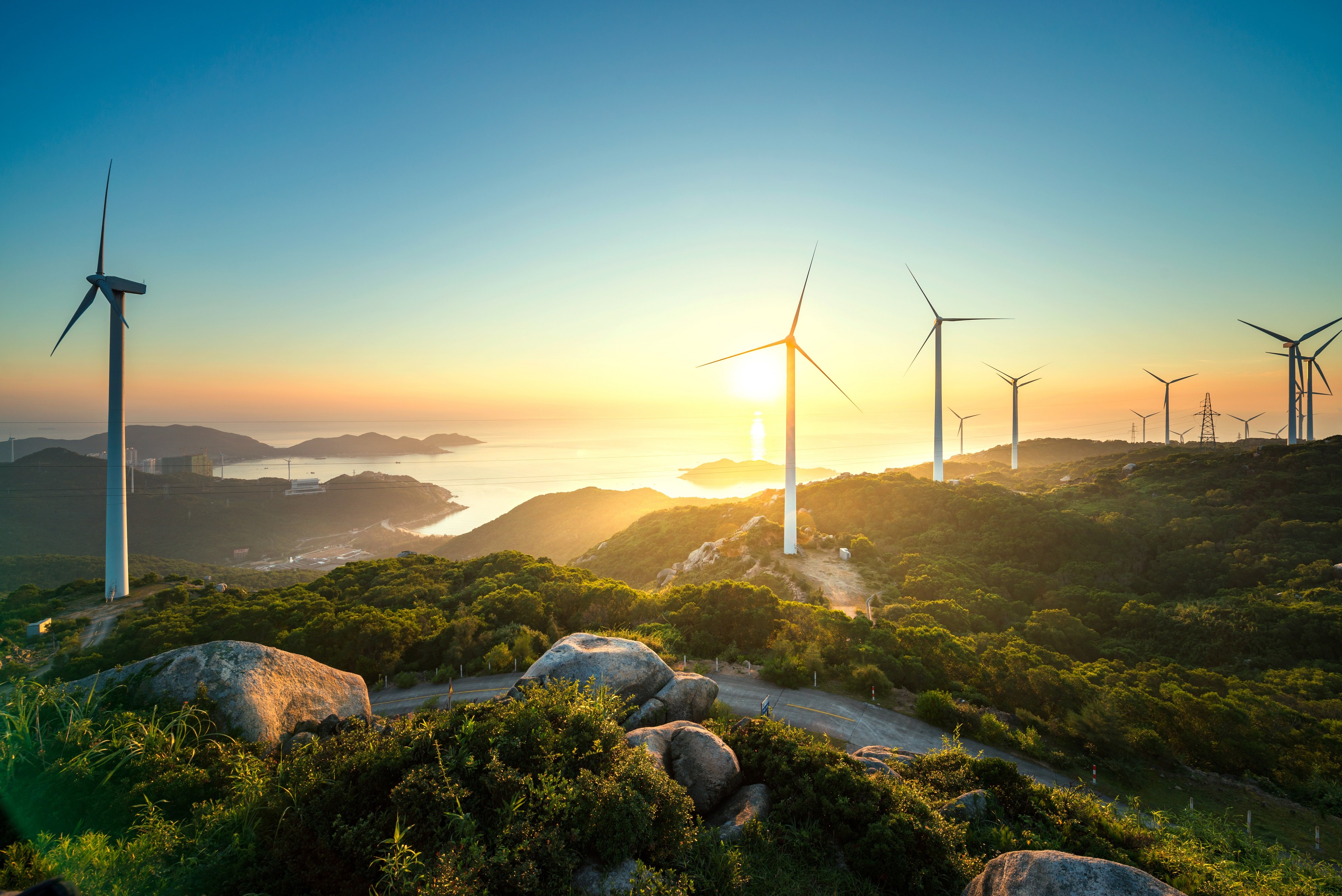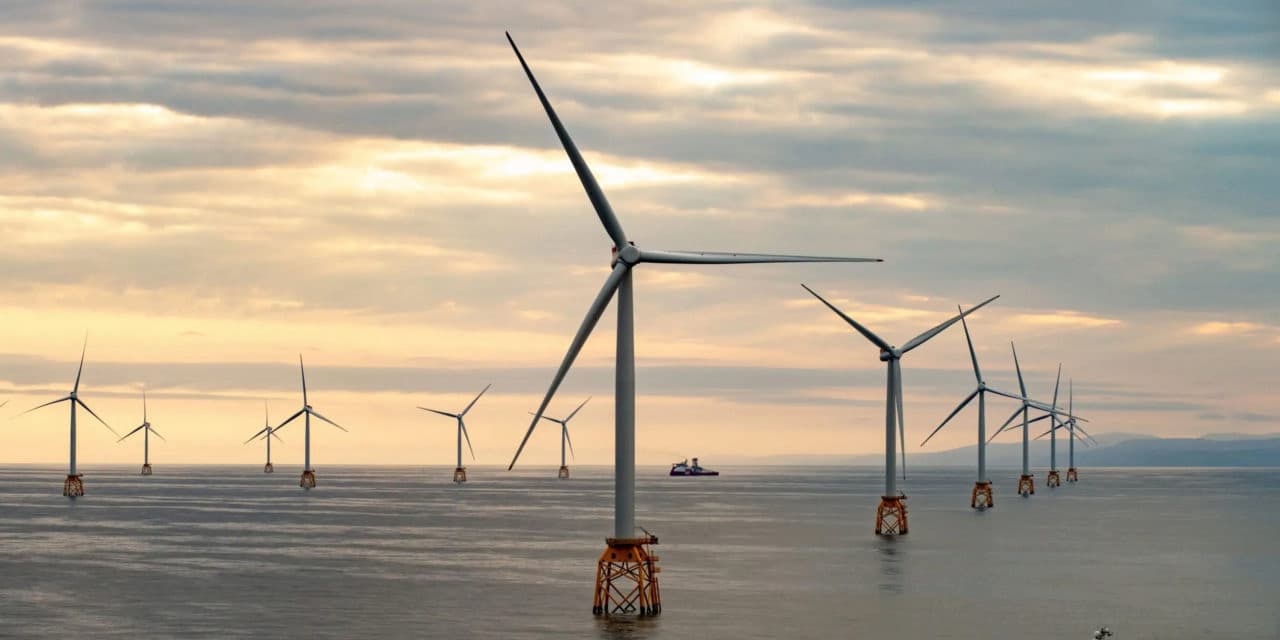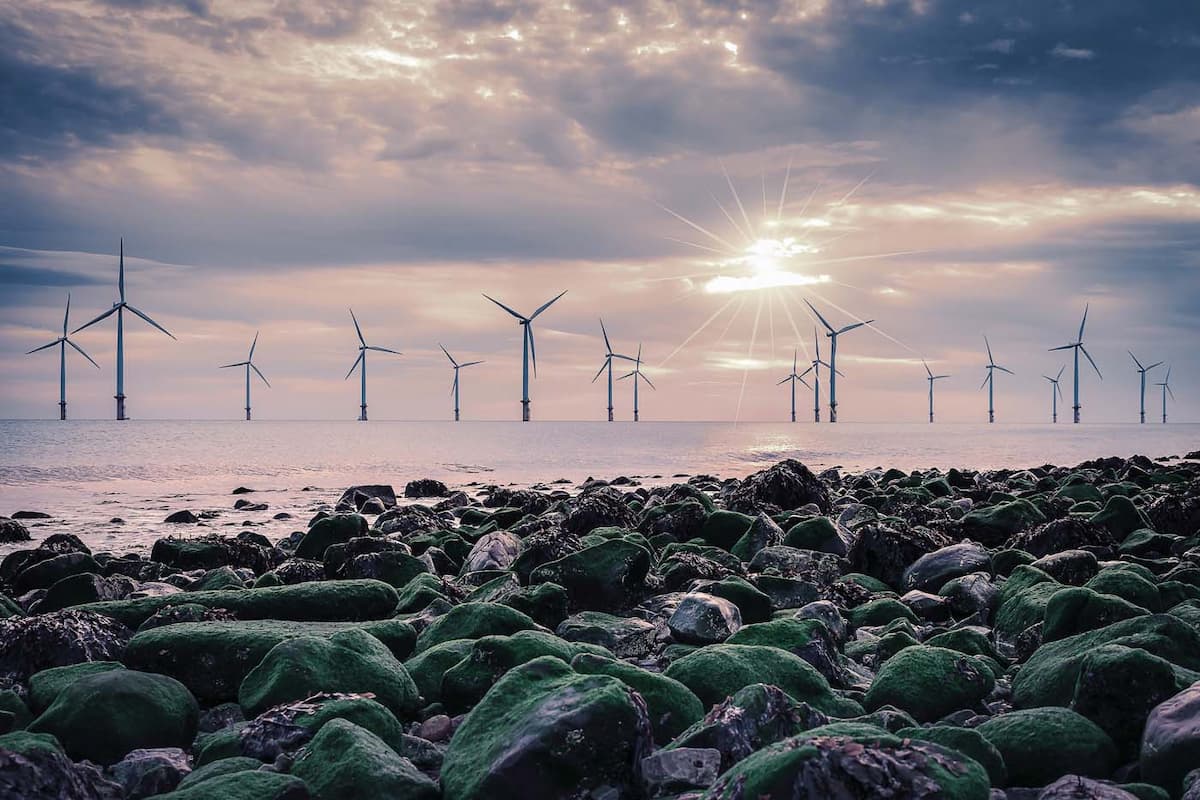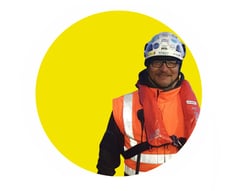You need talent on your team; the world needs the wind energy you’re producing. Brunel can help.
Whether onshore or offshore, you need skilled specialists to design, build and operate your wind projects. Wherever your windfarm is in the world, Brunel can help you keep growing.
We know how hard it is to find the most qualified professionals for your wind projects. We’ve already helped hundreds of global renewable partners find the best talent to grow their teams and impact the world with sustainable wind energy. Are you next?
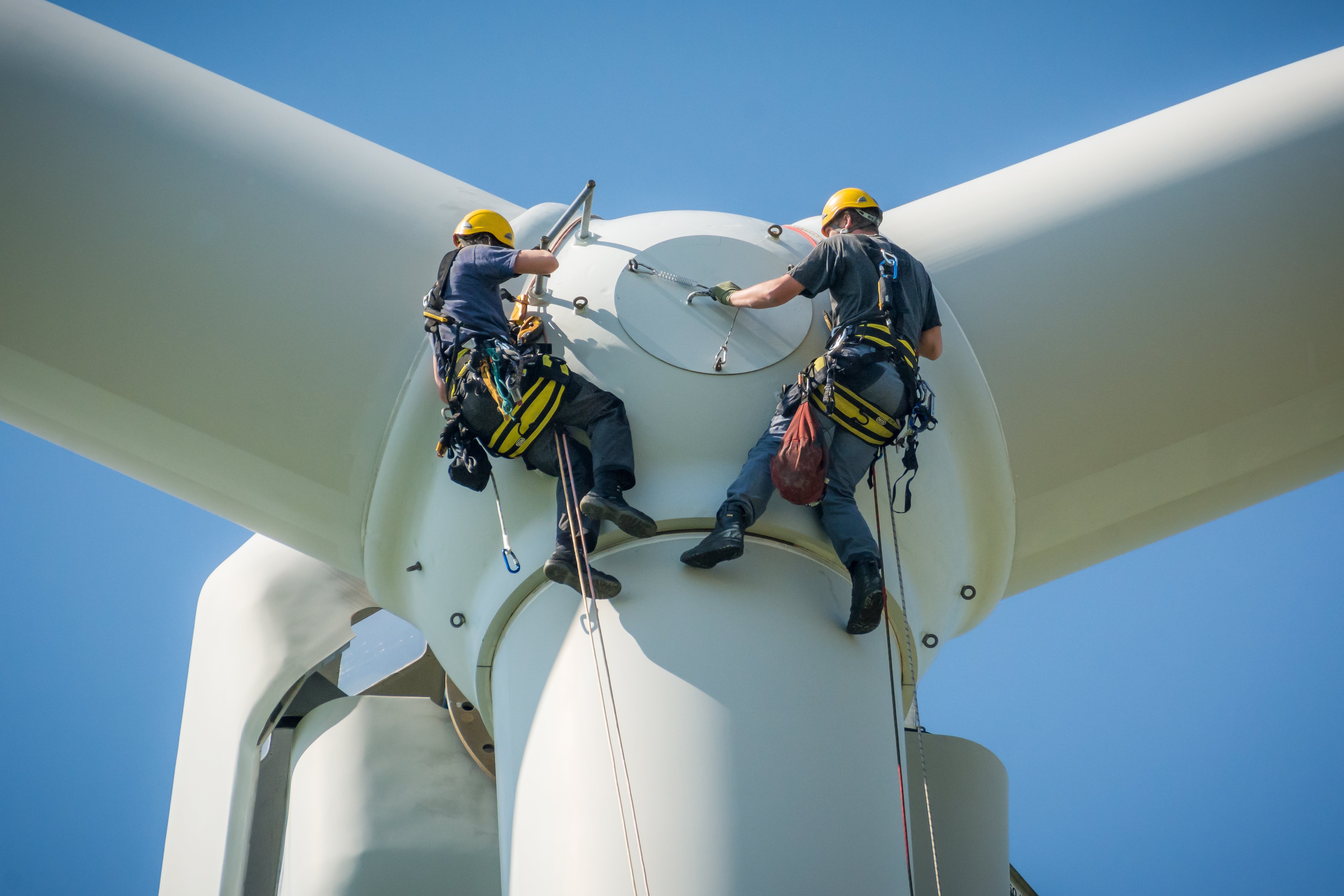
Commissioning Manager,
, Global Energy Operator
Brunel provides compliance when you need it; 24/7, 365 days a year.
Workforce solutions to help you lead the industry
✔ Recruitment: People, Talent & Training: Get the best specialists before your competition
✔ Logistics: Global Mobility & Travel: Get your team anywhere in the world, with all details covered
✔ Technical: Project Support & Setup: Complete projects safely, compliantly and quickly
Specialists for both onshore and offshore wind projects
Brunel helps both onshore and offshore wind projects finish on time, within budget, safely and compliantly.
Onshore is well established, proven technology, and also one of the cheapest energy sources available. The other major benefit is how quick it is to install and connect to a grid, a matter of a few months.
Offshore wind farms are generally much larger, involving more investment and time to develop, but also generate a lot more power.
Both need skilled specialists to design, build and operate. Wherever your windfarm is in the world, talk to Brunel.
